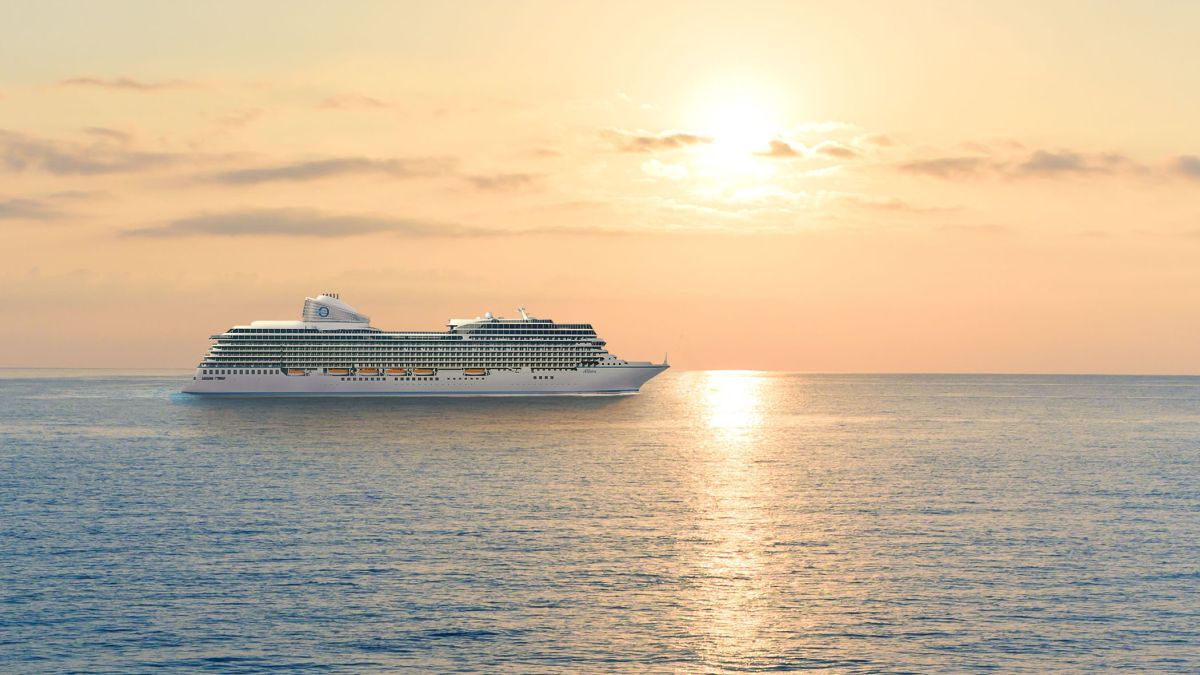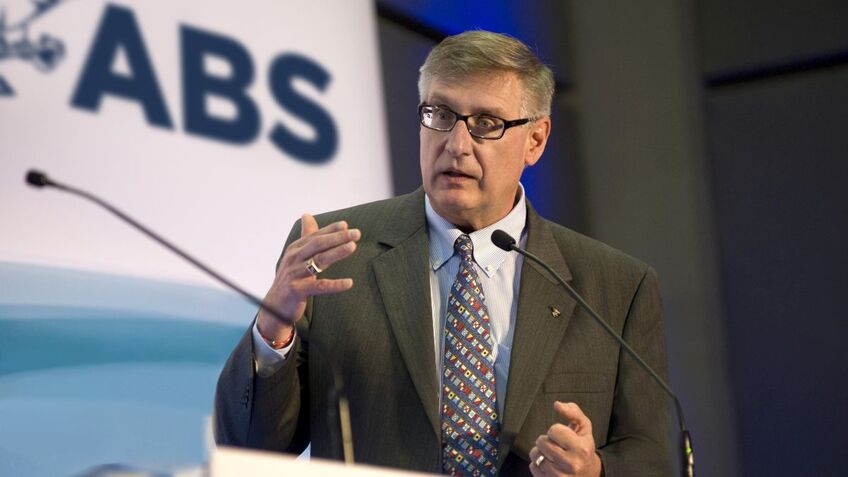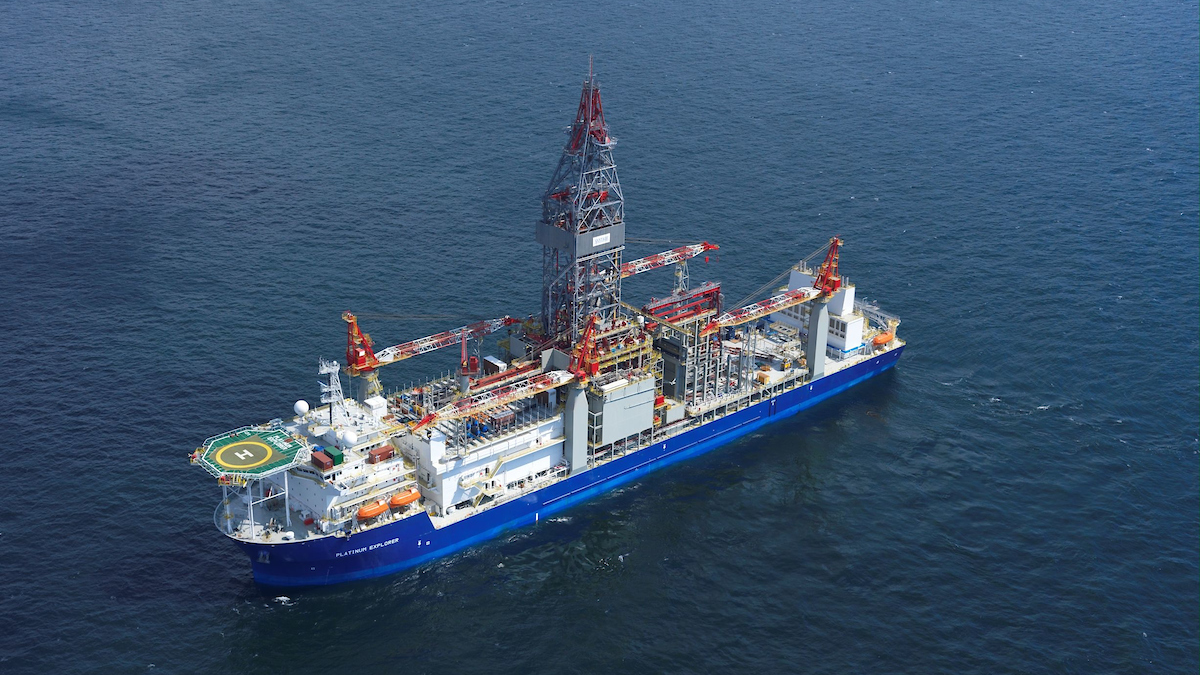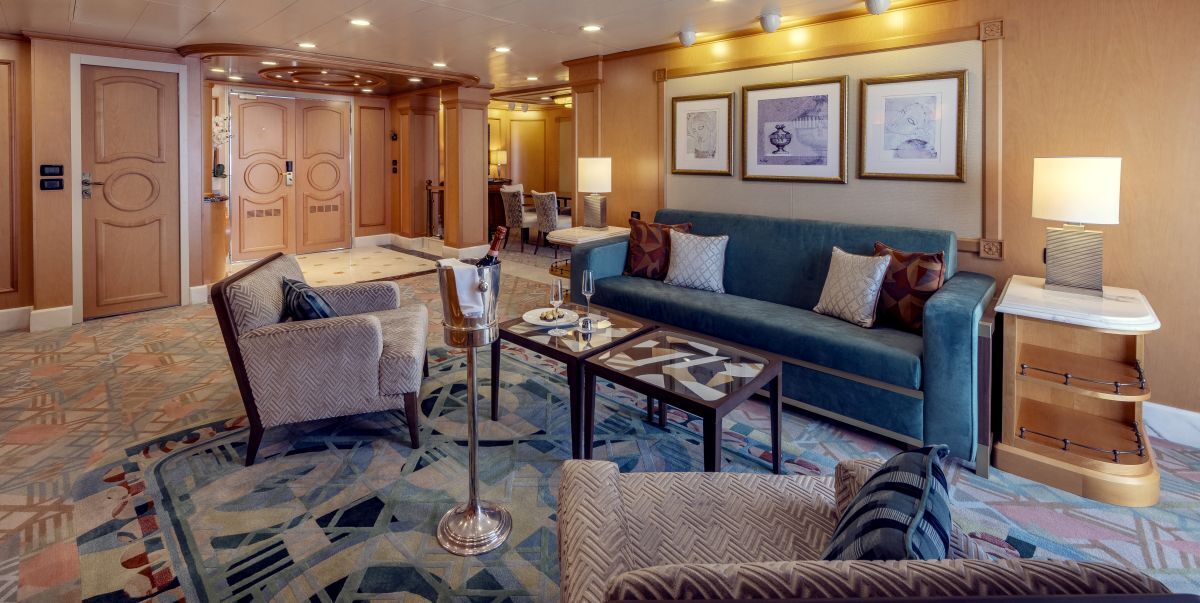Business Sectors
Events
Contents
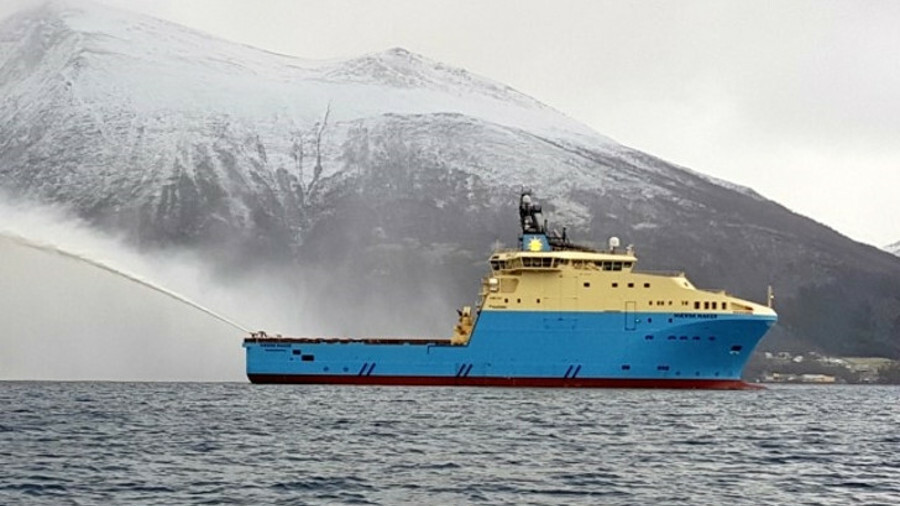
MSS completes fleet renewal programme
Maersk Maker, the last of six Starfish-class anchor handlers, was delivered by Norway’s Kleven Maritime on 14 February, completing Maersk Supply Service’s fleet renewal programme
Over the last three years, Maersk Supply Service (MSS) has added 10 newbuild vessels and divested itself of 23 older OSVs under its fleet renewal programme.
Starfish-class AHTS vessels are well known to readers of Offshore Support Journal. Last year, Maersk Master won the Support Vessel of the Year award at the Annual Offshore Support Journal Conference, Awards & Exhibition.
Maersk Master and sister vessel Maersk Mariner will provide towing, anchor handling, supply and ROV services to Chevron Australia’s Gorgon Stage Two drilling programme starting Q2 2019.
Built for deepwater anchor-handling operations, the dynamic positioning (DP) class 2 Maersk Maker has a length overall of 95 m, a beam of 25 m and an open deck area of more than 800 m². It also has an additional 102 m² of covered deck area and a 450-tonne drum anchor-handling winch, two 170-tonne secondary winches and 200-tonne anchor recovery frame.
Powered by five medium-speed engines with a total output of more than 23,000 bhp, Maersk Maker has a fuel-efficient and flexible hybrid propulsion system and fixed-pitch thrusters, a combination of features that are expected to provide high reliability, good fuel economy, low emissions and excellent station-keeping capabilities.
“Maersk Maker is expected to provide high reliability, good fuel economy, low emissions and excellent station-keeping capabilities”
Besides the six Starfish-class AHTS vessels, the newbuild programme at MSS added four Stingray-class subsea support vessels (SSV). Dynamic positioning class 3 Stingray SSVs are 137 m long, with a large free deck area of 1,850 m2 with more than 300 sea fastenings for cargo, two work-class ROVs capable of operating in up to 3,000 m of water, two moonpools, and two large subsea cranes.
The two knuckle-boom cranes, of 400 tonne and 100 tonne lifting capacity, are fully active heave compensated and capable of operating in up to 3,000 m water depth.
The SSV’s diesel-electric propulsion, fixed-pitch thrusters and main propellers enable the vessel to operate in DP2 or DP3 mode under all conditions, creating the required thrust without idle loss.
Each Stingray-class SSV features modern accommodation for up to 120 people in single cabins, three conference rooms, 10 client offices and has been built in compliance with DNV GL’s comfort classification for passenger vessels to provide the highest level of comfort for all personnel onboard.
“As some of the newest vessels operating in the offshore support vessel industry, they have proven their highly advanced capabilities from the moment of delivery,” said MSS chief executive Steen S. Karstensen.
In 2016, MSS set out to reduce its fleet in response to the global oversupply of OSVs. A total of 23 platform supply vessels (PSVs) and AHTS vessels have since left the fleet, the last of which was in October 2018.
“It has been a priority for us to do our part in addressing the oversupply in the industry,” said Mr Karstensen, “as well as strengthening our asset base for project delivery. Here at the end of the renewal programme, we have a more modern and competitive fleet to meet the needs of our customers.”
The result of the newbuild programme, in combination with the divestiture programme, is that the average age of the 44 vessels in the MSS fleet has been reduced to less than 10 years. The Danish owner also said that the composition of its fleet — 30 AHTS vessels, 12 SSVs and two PSVs — supports its integrated solutions offerings for offshore projects in the areas of towing, mooring and installations, subsea construction, inspection, maintenance and repair and light well intervention.
Related to this Story
Events
Maritime Environmental Protection Webinar Week
Cyber & Vessel Security Webinar Week
The illusion of safety: what we're getting wrong about crews, tech, and fatigue
Responsible Ship Recycling Forum 2025
© 2024 Riviera Maritime Media Ltd.


